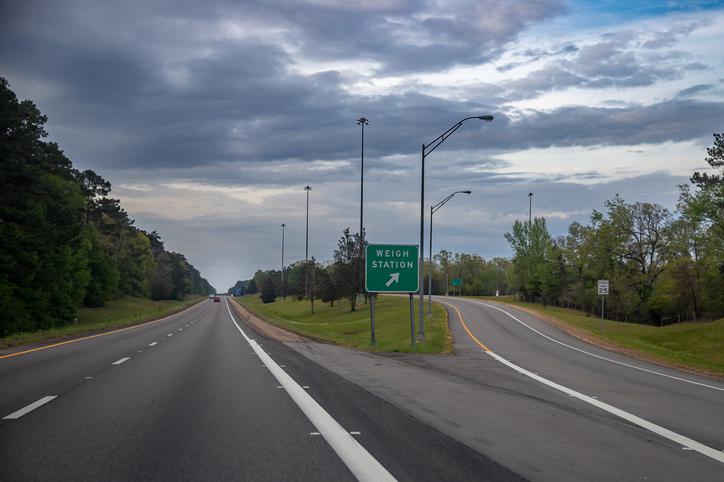A luxury feature that began as a $2,500 option on luxury convertibles just might boost the fuel economy or electric range of your next car.
If making the world a better place through lower emissions and petroleum consumption doesn’t float your boat, could I interest you in never again burning your legs on sunbaked leather upholstery as you hop into a car that’s a cool 72 F compared to 90 after sitting in a summer parking lot?
How? The Suspended Particle Device, which is the Star Trek-like name for a film that turns vehicles’ sun roofs and other glass from transparent to opaque, blocking the infrared and ultraviolet light that superheat interiors and prematurely age leather and other materials.
“You can control the amount of heat and glare coming into the cabin,” said Joe Harary, CEO of Research Frontiers, the Woodbury, New York, nanotechnology research firm that developed the film.
Microscopic particles line up when a small electric current runs through the film, effectively creating a window shade that blocks up to 99.5% of light. When the current stops, the particles flip back to their unaligned positions, returning the glass to transparency. The film attaches to the inside of the sunroof or window, the same as tinted films and noise-dampening acoustic laminates do today.
It looks like magic. Turn your car off and the sunroof — or maybe every window as the films price falls — turns black. Light and heat don’t get in, and potential thieves can’t see valuables left inside.
Turn the current on as you return to the car and the windows clear.
It’s more than a parlor trick. Less heat in the car could allow automakers to shrink air conditioning compressors up to 40%, reducing cost and weight. AC compressors use a lot of energy, so a cooler car will burn less fuel. In an electric vehicle, that could amount to a 5.5% increase in battery range in hot weather.
“More power is going to drive the car, less to cool it,” Harary said.
Mercedes and McLaren currently offer SPD glass on a handful of expensive cars including the Mercedes S-class sedan and SL roadster.
The interior $411,000 McLaren 720S Spyder convertible I drove this summer was notably cooler and more pleasant than a previous model with a roof of normal tinted glass.
The film has been very expensive till now because only one company produced it for automotive use. Harary expects prices to fall significantly now that a second supplier, Israel’s Gauzy LC, has begun producing the film in two factories.
“It’s coming to mass-market vehicles,” Harary said. He expects the film’s falling price and tougher fuel economy and emissions standards in Europe, China and the U.S. will appeal to a growing number of automakers, particularly when a more efficient vehicle could save an automaker millions in fines for exceeding emissions limits.
Twenty-five upcoming vehicles — most of them electric — have signed up to use glass with the film.
Other potential uses include replacing sun visors with a strip of light-sensitive film across the top of the windshield. Again, fewer parts and less weight.
A study by Bentley showed you could save as much as 13 pounds by replacing a motorized glass sunroof and shade with a fixed piece of SPD glass, Harary said.
He also suggested the film could be used to project a message to other drivers — “I’m pulling over for an emergency vehicle,” for instance — or to project TV or movie images on the inside glass of self-driving vehicles.
The film is also used in glass for buildings, executive jets and yachts.
Contact Mark Phelan at 313-222-6731 or mmphelan@freepress.com. Follow him on Twitter @mark_phelan. Read more on autos and sign up for our autos newsletter.

